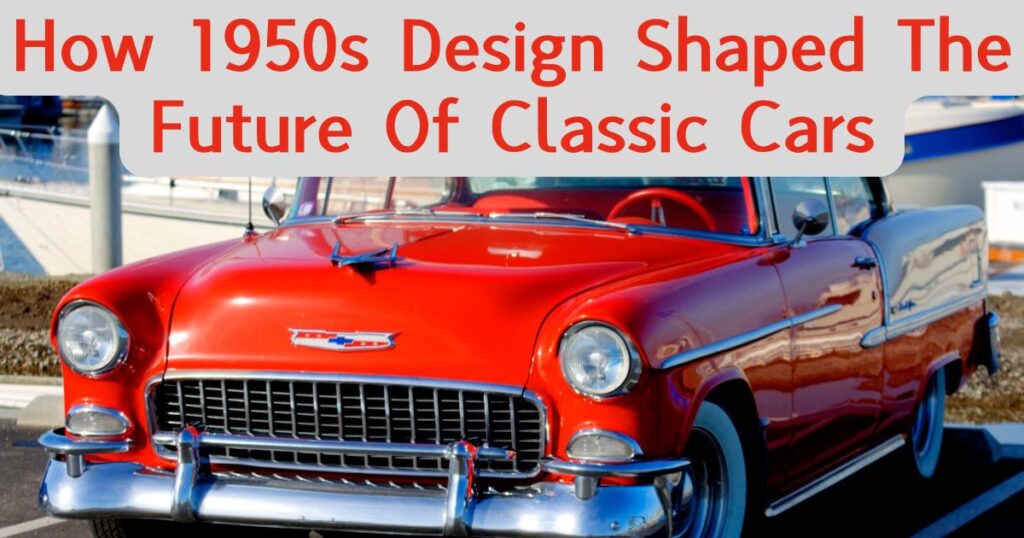
When it comes to the golden era of classic cars, few decades can compete with the impact of the 1950s. This was a time of bold innovation, stylish flair, and a genuine love for the open road.
From fin-topped Cadillacs to the rumble of early muscle cars, the 1950s shaped not only how cars looked but also how they felt to drive. Today, these cars are revered as icons, capturing an era of optimism and freedom that’s hard to replicate.
In this article, we’ll dive into the key design movements that helped shape 1950s automotive culture and explore how these classic styles left a lasting mark on the future of car design. So, buckle up and enjoy this nostalgic road trip through automotive history!
The Birth of American Muscle: Pontiac and the Power Revolution
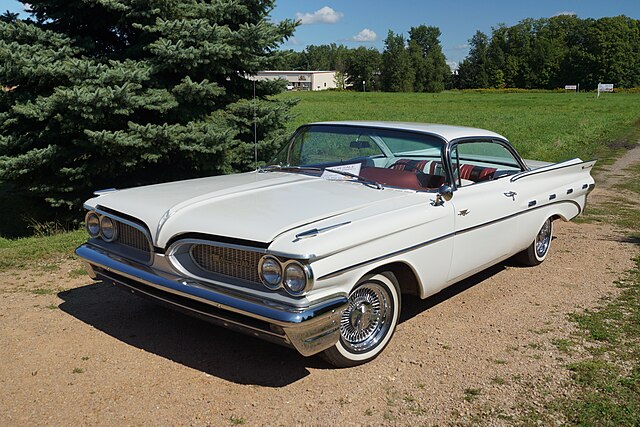
In the 1950s, Pontiac made waves with an emphasis on power and performance, marking a shift from the more conservative designs of earlier decades. Pontiac’s innovative “Wide Track” design offered stability and a unique aesthetic that made cars look longer and meaner.
While Pontiac wasn’t the only brand to go after horsepower, it helped define American muscle by merging performance with unforgettable styling.
The introduction of powerful V8 engines in affordable models kicked off a horsepower race that would characterize American cars for decades. Pontiac’s Star Chief and Bonneville models became instant classics, helping drivers feel a little more like rebels.
It was a time when a car wasn’t just a way to get from point A to point B; it was a way to feel alive.
Cadillac and the Fin Phenomenon: More Than Just Aesthetic Flair
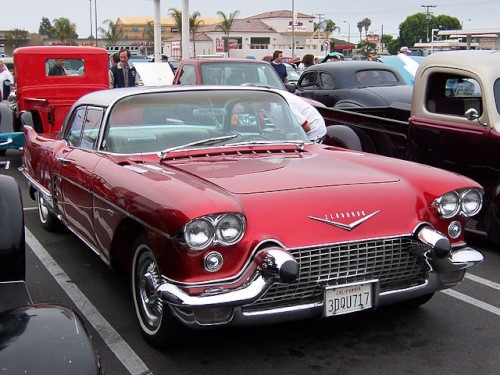
If there’s one image that comes to mind when we think of 1950s cars, it’s Cadillac’s iconic tailfins. Inspired by World War II aircraft design, Cadillac created a look that combined elegance and flair with aerodynamic intention.
The 1959 Cadillac Eldorado, with its enormous fins, became a status symbol, a car that screamed success as loudly as its engine purred.
While fins eventually faded out, their influence can still be felt in today’s luxury vehicles. Modern Cadillacs and Lincolns may not sport massive fins, but the bold lines and elongated shapes of these luxury cars echo the confidence of the 1950s design era.
Cadillac’s fins made the car feel like a rocket on wheels, bringing a sense of adventure to the daily commute.
Chevrolet: The Everyman’s Dream Car
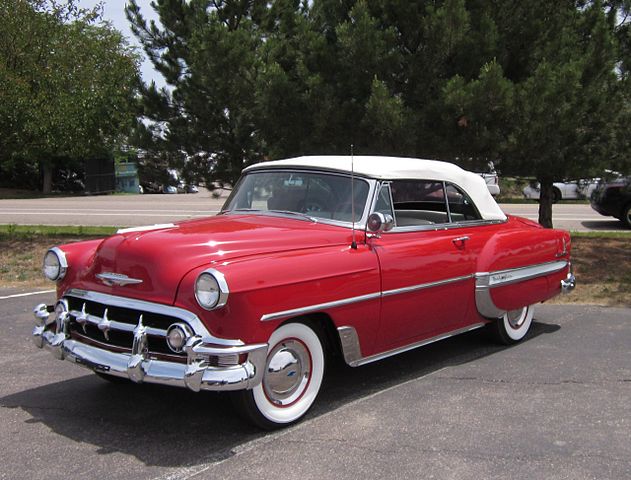
Chevrolet found its sweet spot in the 1950s by creating cars that were both stylish and affordable. The Chevrolet Bel Air, introduced in 1953, became a symbol of attainable luxury, combining sleek design with dependable engineering.
The Bel Air’s distinctive chrome accents and vibrant color options made it stand out, and its hardtop version was a crowd-pleaser.
Chevrolet set a trend by creating cars that were flashy enough to feel special but practical enough for the average family. In many ways, the Bel Air and its contemporaries captured the heart of post-war America, offering everyday people a taste of the high life without the luxury price tag.
Today, the Bel Air remains a cherished classic, often spotted at car shows and parades, where its iconic design lives on.
Ford Thunderbird: The Birth of the Personal Luxury Car
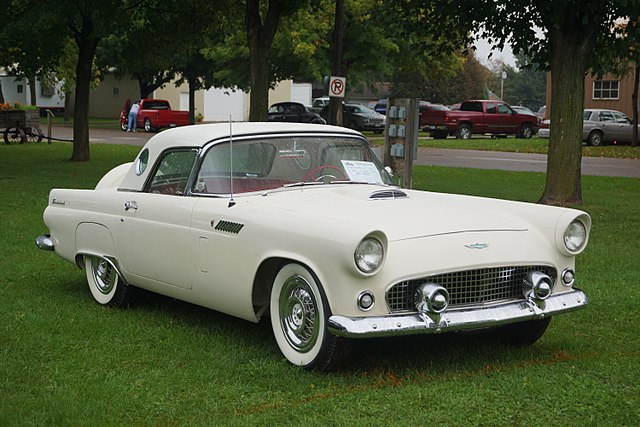
In 1955, Ford took a daring step with the Thunderbird, launching the concept of the “personal luxury car.” Unlike sports cars aimed at pure speed, the Thunderbird was designed for comfort and style, offering a bit of everything—speed, sophistication, and an undeniable cool factor.
With its porthole windows and two-seater layout, the Thunderbird appealed to those who wanted the best of both worlds: power and prestige.
This shift toward personal luxury cars opened a new niche in the automotive market. The Thunderbird paved the way for later models like the Lincoln Continental, emphasizing elegance and status over raw power.
Ford’s decision to focus on comfort and style redefined what luxury could mean, and this concept continues to shape modern luxury cars today.
Chrysler’s Hemi Engine: Setting the Pace in Performance
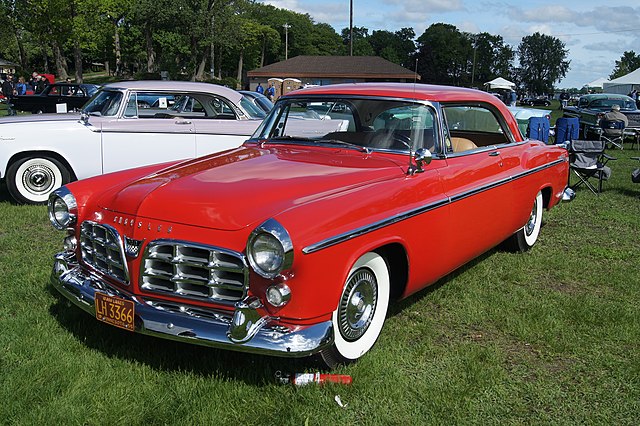
The 1950s saw Chrysler setting the bar high for performance engines with the introduction of the Hemi. Its unique hemispherical combustion chamber design allowed for higher horsepower, making it a popular choice for those who craved speed.
Cars like the Chrysler 300C were as powerful as they were beautiful, with sleek lines and chrome detailing to match their roaring engines.
The Hemi’s legacy is still alive and well, especially in today’s performance-driven models. Chrysler’s Hemi engines not only boosted power but also changed how Americans viewed performance vehicles, making muscle cars and powerful trucks part of everyday life.
There’s a reason the Hemi name still gets car enthusiasts talking—it’s a reminder of the 1950s’ push to go bigger, better, and faster.
The Rise of Compact Cars: Nash Rambler’s Early Start
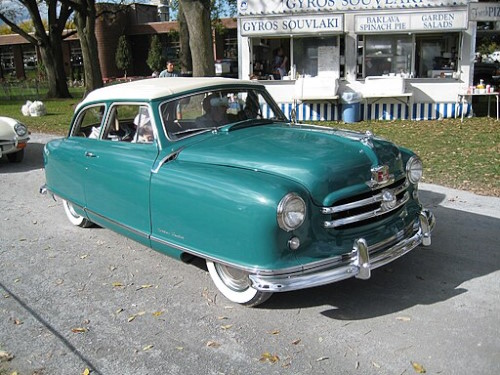
Amid the push for power and flash, Nash Motors introduced the Nash Rambler, a small, compact car with a simple design and solid fuel economy. The Rambler may not have had the flash of a Cadillac or the muscle of a Pontiac, but it represented a unique part of 1950s car culture: practicality.
The Rambler’s compact size and efficient engine gave drivers an economical option, a big plus as suburbs spread and families needed reliable transportation.
Today’s compact and subcompact cars owe a lot to Nash’s vision. While classic car enthusiasts may lean toward bigger, flashier models, the Nash Rambler serves as a reminder that small cars can still make a big impact.
It was an early nod to the environmental and efficiency concerns that would come to the forefront in later decades.
The Color Revolution: Two-Tone Paint Jobs and Bold Choices
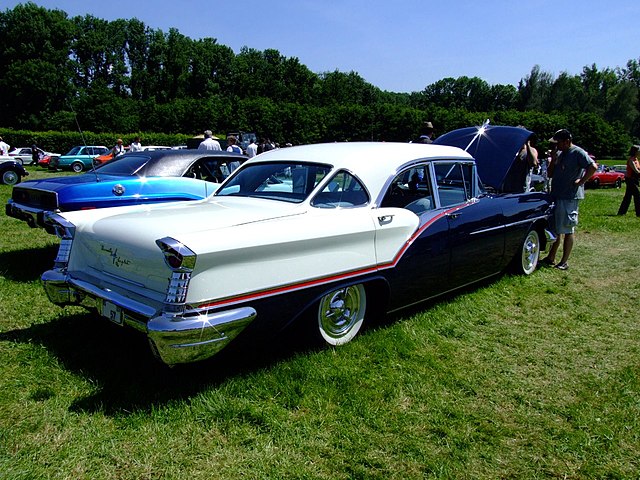
Nothing captures the spirit of 1950s car design like the vibrant color choices. Two-tone paint jobs became all the rage, giving drivers the option to add a personal touch to their vehicles.
Brands like Oldsmobile and Buick led the way, offering bold color combinations that turned heads and set trends. The two-tone craze of the 1950s allowed cars to reflect the personalities of their owners in ways they never had before.
The legacy of two-tone designs continues today, with carmakers offering a range of customization options to help buyers make their vehicle a reflection of their style.
Whether it’s a classic hot rod in cherry red or a vintage Buick in baby blue and white, the color palettes of the 1950s live on as a symbol of freedom and self-expression.
Final Thoughts
The 1950s were about more than just cars; they were about capturing a sense of optimism and pride in what America could build. The decade brought about design choices that continue to influence the cars we see on the road today, from the roaring V8 engines to the luxurious interiors that make every drive feel special.
Whether you’re drawn to the elegance of a Cadillac, the muscle of a Pontiac, or the practicality of a Nash Rambler, the 1950s left us with a treasure trove of classics that shaped the automotive landscape forever.
What 1950s classic car model brings back memories for you? Whether you’ve owned one or just admire them from afar, drop a comment on our Facebook page with your favorite story or share a photo of your prized classic. Let’s keep the nostalgia rolling!

